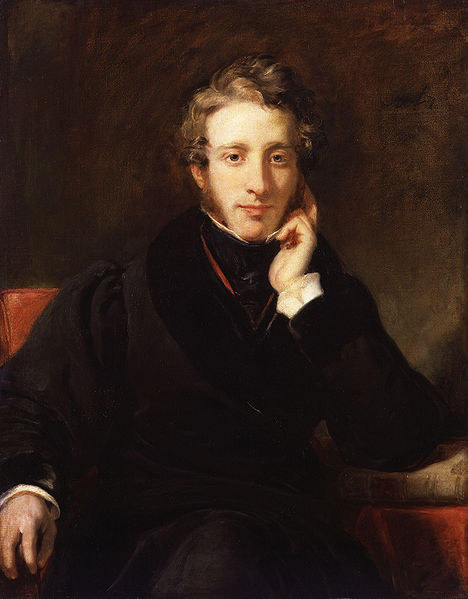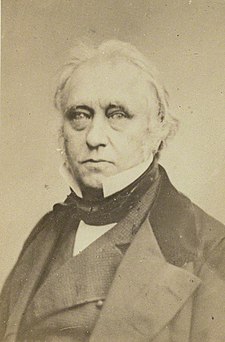London's Most Secretive Address

Despite a prime Piccadilly location and a long roster of legendary inhabitants, from Lord Byron to Lord Snowdon, Albany is the city’s most under-the-radar residence — and the powers that be would like to keep it that way.
London’s best address? (The) Albany, Piccadilly
Posted on June 14, 2011
The Albany is discreetly positioned in Albany Court Yard, just off bustling Piccadilly, but it might be another world away.

Drawing above, circa 1830, by Thomas H. Shepherd (1792 – 1864).
The only difference between then and now seems to be the mode of
transport, and the changing fashion for putting a “the” in front of the
word Albany. Some say “Albany”, others say “the Albany”. Both will do,
although current trends lean towards omitting the article and making do
with “Albany” (pronounced “all” rather than “al”). These things are very
important class indicators, apparently – if you are the right sort of
person, you will know how to say it properly!The Albany – originally known as Melbourne House – was designed by William Chambers (1723 – 1796), and is one of a handful of his London buildings still standing. His other extant works include the pagoda at the Royal Botanic Gardens in Kew, an observatory built for King George III also in Kew, and Somerset House in London (all below).




Melbourne House was completed between c. 1771 – 1774 as the London residence for the 1st Viscount Melbourne (1745 – 1828), the father of Prime Minister William Lamb, 2nd Viscount Melbourne (1779 – 1848). It was later occupied by Prince Frederick, Duke of York & Albany, (1763 – 1827), left, the son of King George III (1738 – 1820), and during this time was known as York House.
The building was remodelled c.1803 by Henry Holland (1745 – 1806), who also designed Brooks’s private gentlemen’s club, a few streets away. The main house was divided up, and two long parallel wings were added in the garden, to create 69 “sets” – bachelor apartments for gentlemen and aristocrats – which then became known collectively as the Albany, in honour of the previous occupant. It is now Grade 1 listed.
For an in-depth account of the site’s history, architectural plans, descriptions, and other historical facts, click here.
A covered walkway – the “Rope Walk” – extends from the back door of the main building to a rear entrance/exit that opens onto the junction between Vigo St, Burlington Gardens and Savile Row.

The Albany always has a variety of employees on-site at any one time to ensure security and upkeep – including a handyman, gardener, porters and a resident secretary. Sets are freehold, and many are reportedly owned by Peterhouse College, Cambridge. A board of Albany trustees vets the soundness of hopeful residential applicants – no one is allowed to use their set as a place of business, and small children and pets are also prohibited. Photography is frowned upon, making these pictures rare indeed.

Sets are generally small but include two levels, plus separate attic space in the roof and cellar space in the basement network. Stone staircases are accorded a letter of the alphabet, while sets are assigned a unique number, so an Albany address might be “H1 Albany” or “C2 Albany”, for example. A rope walk set will cost somewhere in the region of £1,500/week.
Click here to see an advertisement for an Albany rope walk set recently on the market.
Albany residents can sit and read in one of two small gardens at the eastern end of the rope walk (one is seen below), and pick herbs for their supper from a variety of plants at the western end.

The Albany’s history overflows with famous figures, and several plaques throughout the building commemorate a selection of them.

Notable residents, past and present, who are on the public record, include:
- Poet Lord Byron (1788 – 1824), below, is arguably the most famous of the Albany’s former occupants. His well-known tryst with Lady Caroline Lamb (daughter-in-law of the 1st Viscount Melbourne, and wife of Prime Minister William Lamb, 2nd Viscount Melbourne) took place in his Albany apartment, A2 – to the left of the entrance in the main building. Lamb was smuggled in disguised as a pageboy to circumvent the “no ladies” policy in force at the time.

- Writer Georgette Heyer (1902 – 1974), whose books include Lady of Quality, The Convenient Marriage and The Quiet Gentleman.
- Playwright & author J. B. Priestley (1894 – 1984), whose works include An Inspector Calls, Delight and English Journey.
- Playwright Terence Rattigan (1911 – 1977), whose works include The Browning Version, Separate Tables and The Deep Blue Sea.
- Writer & philosopher Roger Scruton (b. 1944), whose works include Beauty, Modern Culture and I Drink Therefore I Am: A Philosopher’s Guide to Wine.
- Writer and politician Edward Bulwer Lytton, 1st Baron Lytton (1803 – 1873), below, who coined several famous phrases – “It was a dark and stormy night” and “the great unwashed” in his 1803 novel, Paul Clifford; and “the pen is mightier than the sword” in his play Richelieu; Or the Conspiracy, which was later adapted as the 1935 film Cardinal Richelieu. Many of his novels can be downloaded for free at Project Gutenberg.

- Writer Bruce Chatwin (1940 – 1989), whose books include The Songlines, On the Black Hill, and In Patagonia.
- Philosopher Sir Isaiah Berlin (1909 – 1997), whose works include Liberty, The Hedgehog and the Fox, and Russian Thinkers.
- Politician Edward Heath (1916 – 2005), Prime Minister of the United Kingdom from 1970 – 1974.
- Writer Edward de Bono (b. 1933), whose books include Six Thinking Hats, Lateral Thinking: A Textbook of Creativity, and How to Have a Beautiful Mind.
- Politician William Ewart Gladstone (1809 – 1898), below, who served as Prime Minister of the United Kingdom four times.

- Architect George Basevi (1794 – 1845), pupil of Sir John Soane and designer of the Fitzwilliam Museum in Cambridge.
- Writer Sybille Bedford (1911 – 2006) whose books include A Legacy, A Favourite of the Gods, and Quicksands – A Memoir.
- Actress Dame Edith Evans, perhaps best known for playing Lady Bracknell in The Importance of Being Earnest.
- Actor Terence Stamp (b. 1938), whose movies include The Hit, The Adventures of Priscilla, Queen of the Desert, and The Adjustment Bureau.
- Matthew “Monk” Lewis (1775 – 1818), below, author of Gothic novel The Monk – A Romance, which is available for download free at Project Gutenberg.

- Historian Kenneth Clark (1903 – 1983), best known for his landmark 1969 BBC documentary series, Civilisation.
- Philosopher Lord Anthony Quinton (1925 – 2010) – whose books include From Wodehouse to Wittgenstein: Essays, and Utilitarian Ethics - and his wife, the sculptress Lady Marcelle Quinton.
- Writer Aldous Huxley (1894 – 1963), famous for his novels Island, Crome Yellow and Brave New World.
- Artist Keith Coventry (b. 1958), whose work includes a series of paintings about the Albany and its residents, titled “Echoes of Albany”.
- Historian & politician Thomas Babington Macaulay, 1st Baron Macaulay (1800 – 1859), below, whose works including The History of England from the Accession of James II, are available for free download here.


Fortnum & Mason, the Royal Academy, Burlington House, Burlington Arcade, Bond Street and the Ritz Hotel are also just moments away.
For resident Philip Bobbit’s perspective on life at the Albany, click here.Click here to see set interiors from 1888 and 1903.
Click here to see some of the modern sets, including descriptions of more past and present inhabitants.
Photos by Sven Klinge
(please credit photographer & website when using these photos)
Further reading:- Paradise in Piccadilly: The Story of Albany by Harry Furniss
- Peace in Piccadilly: The Story of Albany by Sheila Birkenhead
- The Bachelor of the Albany by Marmion Savage








沒有留言:
張貼留言